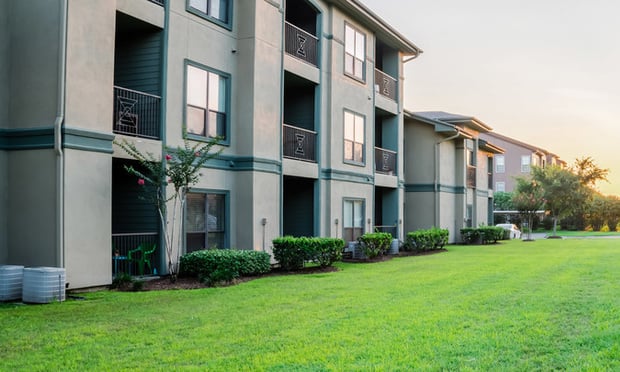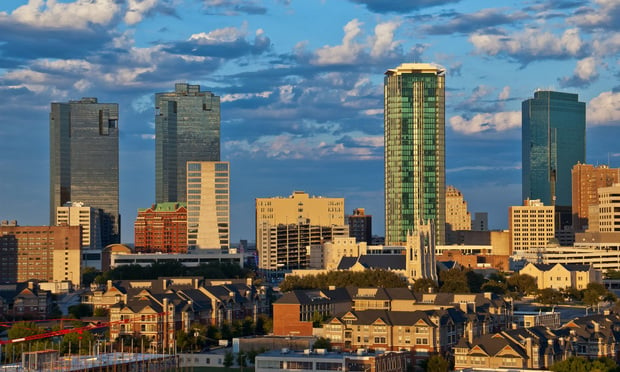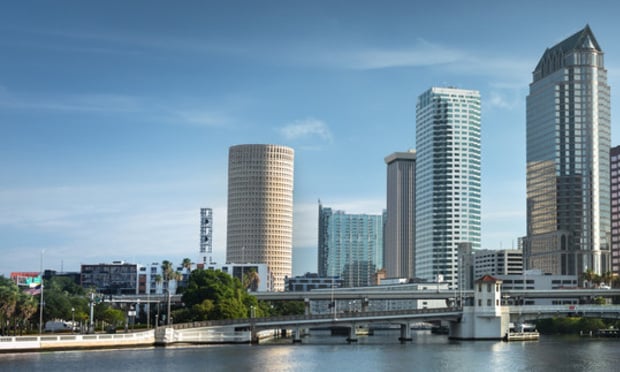 Options for several building uses include a restaurant, large event center or brewery.
Options for several building uses include a restaurant, large event center or brewery.
SAND SPRINGS, OK—Aptly named the Sand Springs Powerhouse, the red brick building at 221 South Main St. on the corner of South Main and Morrow was opened by Charles Page in 1911 and served as the town's power plant for many years. As Sand Springs grew, the building was expanded in 1919, 1925 and a final time in 1935. It was added to the National Register of Historic Places list in 1998.
The building is located to the south of Highway 412 and the east of the Sand Springs primary retail corridor. The former power plant encompasses 31,759 square feet on a 1.86-acre lot. In addition to accessibility and 1900s architecture, the property parking can be expanded to almost 400 spaces.
CBRE has been selected to market the property, with sales efforts being led by first vice president Dwayne Flynn and associate Ryan Shaffer, who are representing the seller, Spring Loaded Properties LLC.
“Given the age, structure and design of the building, this remarkable property affords an owner the chance to create a multi-tenant or multi-use facility that could be positioned as a regional retail attraction,” says Flynn. “This is a rare opportunity to own a piece of history in the Tulsa area. With its unique architecture, exposed steel, brick walls and great clear heights, the possibilities for the right owner are exciting.”
Several files and renderings are available from a local architect that demonstrate potential layouts. These conceptual drawings illustrate options for several building uses, including a restaurant, large event center or brewery as well as some smaller retail or office spaces.
“Given the architecture and design of the property, we feel it's best suited as either a single or multi-tenant development,” Shaffer tells GlobeSt.com. “A developer with a strong mixed-use concept would likely be a great candidate as the building offers significant flexibility around suggested uses.”
Shaffer says several historic buildings in the Tulsa MSA area are currently under renovation or recently completed.
“With the building's vibrant history, this Sand Springs landmark is poised for development,” Shaffer tells GlobeSt.com.
Tulsa's growth mostly occurred in the 20th century. Between 1900 and 1930 when the building was originally built, the city grew from 1,390 residents to 141,258. More than 1.1 million people now live in the metropolitan area, according to Vision Tulsa.
The city's relatively recent development has shaped the way its commercial districts developed, resulting in a preponderance of highway strips or commercial corridors, which may be continuous or take the form of nodes of commercial activity at major intersections.
Want to continue reading?
Become a Free ALM Digital Reader.
Once you are an ALM Digital Member, you’ll receive:
- Breaking commercial real estate news and analysis, on-site and via our newsletters and custom alerts
- Educational webcasts, white papers, and ebooks from industry thought leaders
- Critical coverage of the property casualty insurance and financial advisory markets on our other ALM sites, PropertyCasualty360 and ThinkAdvisor
Already have an account? Sign In Now
*May exclude premium content© 2024 ALM Global, LLC, All Rights Reserved. Request academic re-use from www.copyright.com. All other uses, submit a request to [email protected]. For more information visit Asset & Logo Licensing.








